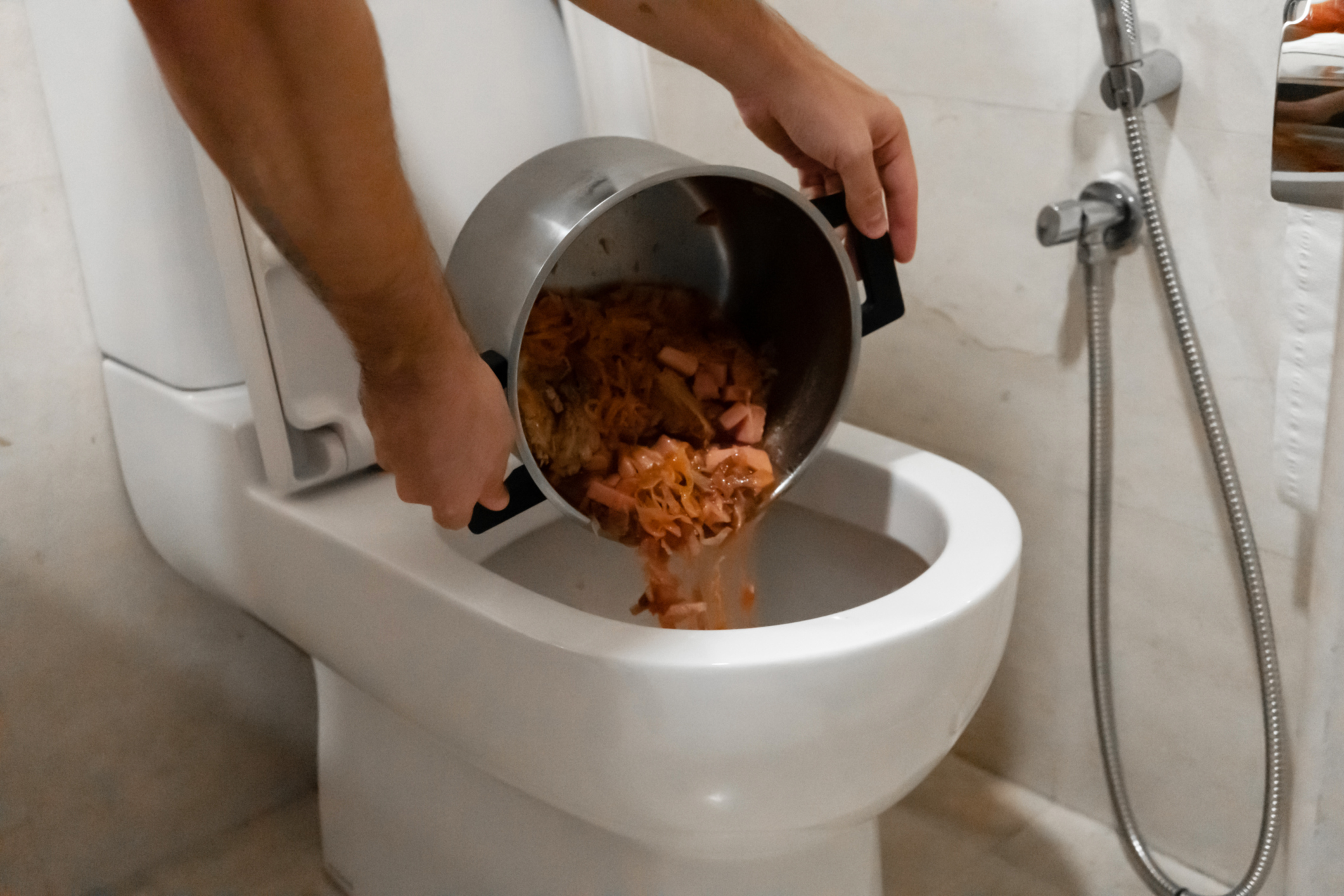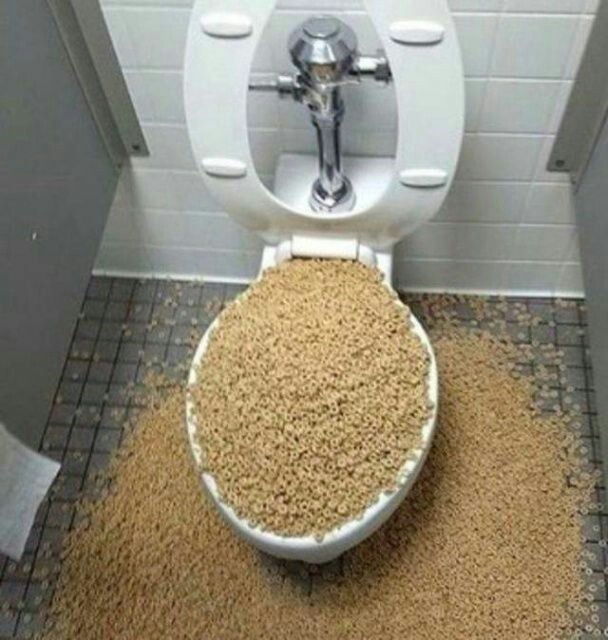Can You to Flush Food in the Toilet?
Can You to Flush Food in the Toilet?
Blog Article
They are making several great points relating to What Can Happen If You Flush Food Down the Toilet? overall in this great article below.

Intro
Many individuals are frequently confronted with the dilemma of what to do with food waste, especially when it concerns leftovers or scraps. One usual question that emerges is whether it's alright to purge food down the commode. In this short article, we'll explore the reasons why people could take into consideration flushing food, the effects of doing so, and alternate approaches for correct disposal.
Reasons why individuals could think about flushing food
Absence of recognition
Some individuals may not recognize the possible harm caused by flushing food down the commode. They may mistakenly think that it's a safe practice.
Convenience
Purging food down the commode might look like a fast and simple service to disposing of undesirable scraps, specifically when there's no close-by garbage can offered.
Idleness
In some cases, individuals may merely choose to flush food out of sheer idleness, without taking into consideration the consequences of their activities.
Effects of flushing food down the bathroom
Environmental effect
Food waste that winds up in rivers can add to air pollution and harm water environments. Additionally, the water utilized to purge food can stress water sources.
Pipes concerns
Flushing food can result in clogged up pipes and drains, triggering expensive plumbing repair services and inconveniences.
Types of food that must not be flushed
Coarse foods
Foods with coarse structures such as celery or corn husks can get tangled in pipes and cause obstructions.
Starchy foods
Starchy foods like pasta and rice can take in water and swell, resulting in clogs in pipes.
Oils and fats
Greasy foods like bacon or cooking oils should never ever be flushed down the bathroom as they can strengthen and trigger clogs.
Appropriate disposal methods for food waste
Utilizing a waste disposal unit
For homes furnished with waste disposal unit, food scraps can be ground up and purged with the plumbing system. Nevertheless, not all foods appropriate for disposal in this fashion.
Recycling
Specific food packaging products can be reused, lowering waste and decreasing environmental impact.
Composting
Composting is a green way to deal with food waste. Organic products can be composted and used to enrich soil for gardening.
The relevance of proper waste monitoring
Minimizing environmental injury
Appropriate waste management techniques, such as composting and recycling, help decrease contamination and maintain natural resources for future generations.
Safeguarding pipes systems
By preventing the method of flushing food down the commode, home owners can stop pricey plumbing repair services and preserve the honesty of their plumbing systems.
Conclusion
To conclude, while it might be appealing to purge food down the commode for benefit, it is very important to comprehend the prospective effects of this activity. By taking on correct waste administration practices and throwing away food waste properly, people can contribute to much healthier plumbing systems and a cleaner atmosphere for all.
FLUSH FOOD DOWN THE TOILET?
FLUSHING FOOD CAN CAUSE BLOCKED DRAINS IN YOUR HOME
All of the plumbing fixtures in your home are connected to the same sewer pipe outside of your home. This outdoor sewer pipe is responsible for transporting all the wastewater from your home to the Council sewer mains. Even small pieces of food that go down the kitchen sink can cause problems for your sewer. It should therefore be obvious that flushing larger bits of food, such as meat, risks a clog in either the toilet itself or the sewer pipes. Flushing greasy food is even more problematic because oil coagulates when it cools, coating the interior lining of your pipes.
THE TOILET IS NOT A BIN
Food isn’t the only thing that people shouldn’t be flushing down the toilet. People use the toilet to dispose of all kinds of things such as tampons, makeup wipes, dental floss, kitty litter and even underwear. Water goes to great lengths to educate residents about the high costs and stress placed on wastewater treatment systems simply from people flushing the wrong stuff down the toilet. It costs taxpayers millions of dollars each year, and homeowners thousands in blocked drain repairs.
FLUSHING FOOD IS A WASTE OF WATER
Flushing food is a waste of our most precious resource - water. In June this year Level 1 water restrictions were introduced to protect water supply from drought conditions. Much of New South Wales continues to be affected by prolonged drought with recent figures revealing up to 97 per cent of the state remains in drought. Depending on whether you have a single or dual flush toilet, every single flush uses between five and 11 litres of water. In the current climate this is a huge amount of water to be wasting on flushing food that should be placed in the bin (or better yet, the compost).
https://www.jabplumbingsolutions.com.au/blog/can-you-flush-food-down-the-toilet

I am just very serious about What Can Happen If You Flush Food Down the Toilet? and I'm hoping you enjoyed the entire article. Are you aware of anybody else who is interested in Flushing Food Down the Toilet?? Please feel free to promote it. I praise you for your time. Please come by our site back soon.
Find Out More Report this page